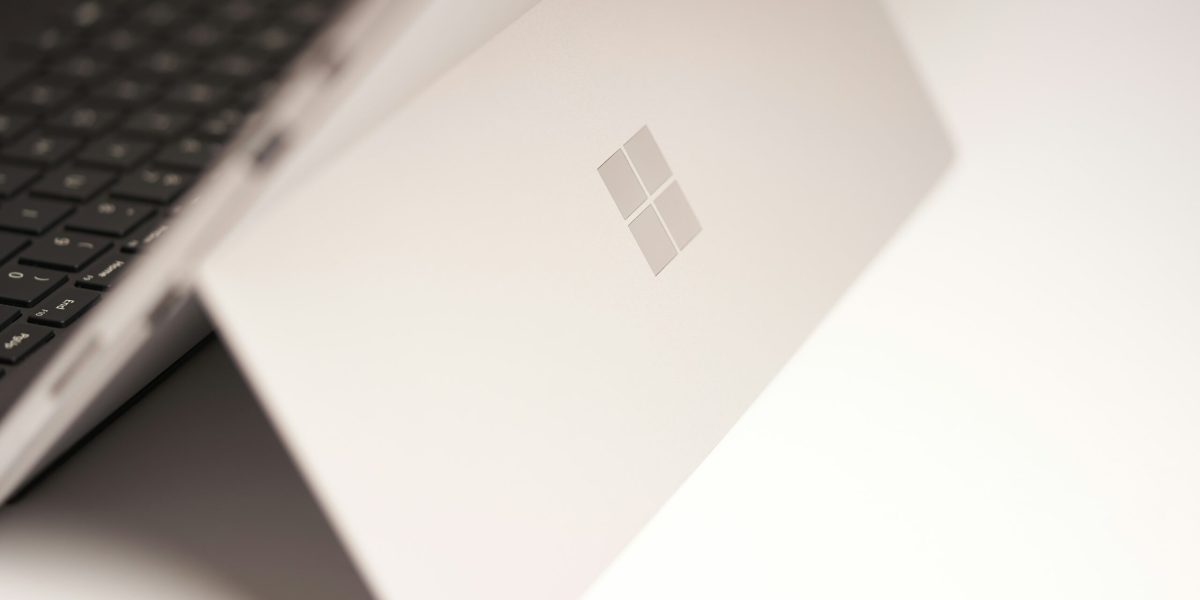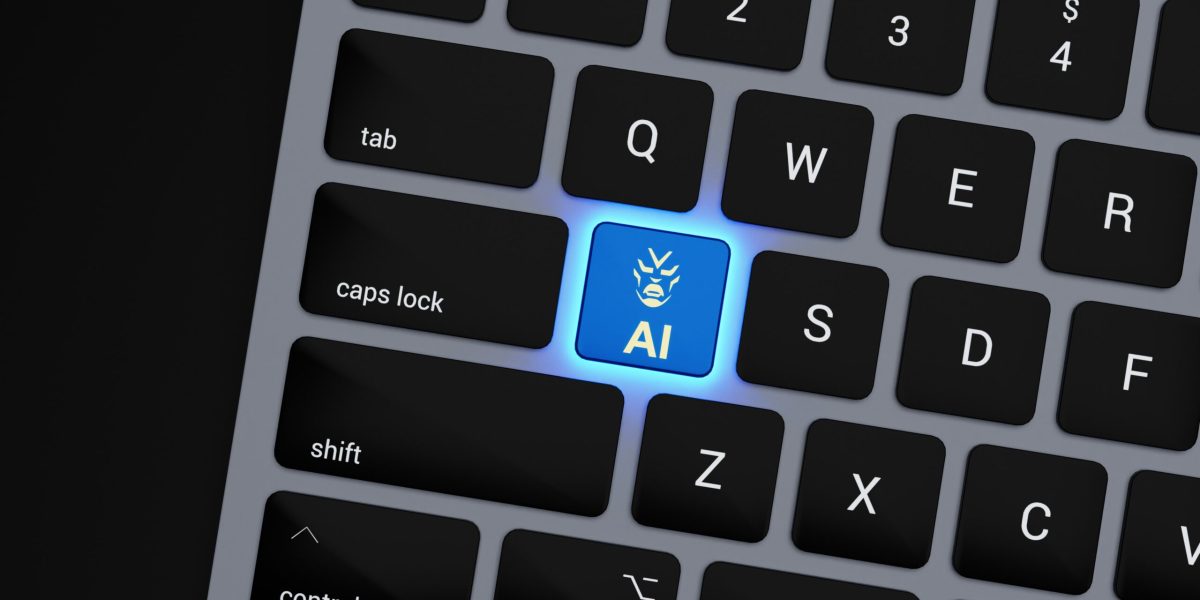Employees are the heartbeat of every business, and their satisfaction often determines how long they stay, how engaged they are, and how productive they become. Yet one of the most overlooked factors in morale and retention isn’t salaries or perks—it’s technology. Poor IT setups create daily frustration, while smart IT removes friction, empowers teams, and keeps top talent motivated.
For small and midsize businesses, investing in smart IT doesn’t mean chasing flashy trends. It means creating a reliable, efficient digital environment where employees can thrive. Here’s how smarter technology choices directly improve morale and help you keep your best people.
Why Morale Matters for SMBs in Southeast Texas
In Southeast Texas, where industries range from legal and retail to non-profits and professional services, competition for skilled workers is fierce. When morale suffers, turnover costs rise, training expenses increase, and clients feel the impact. According to Gallup workplace research, disengaged employees are more likely to leave and cost businesses thousands in lost productivity. For SMBs without deep pockets, retaining talent isn’t optional—it’s survival. That’s why aligning technology with employee needs is critical. Smart IT ensures your workplace runs smoothly, building trust and reducing frustration.
Why Smart IT Drives Retention in Tight Labor Markets
Across the U.S., SMBs face a historically tight labor market. Employees have options, and many are quick to leave jobs where tools slow them down or stress them out. In Southeast Texas, where skilled workers often juggle multiple opportunities, poor technology experiences can be a deal-breaker. Companies that adopt smart IT—reliable networks, secure mobile access, and intuitive software—signal to staff that they’re committed to making work efficient and frustration-free. This creates loyalty in environments where retention is often a bigger challenge than recruitment.
1. Reducing Frustration With Reliable IT
Few things drain morale faster than constant computer crashes, slow logins, or lost files. Every wasted minute adds stress and signals to employees that their time isn’t valued. Smart IT prioritizes reliability—automated updates, cloud backups, and proactive monitoring—so issues are resolved before they disrupt productivity. Employees notice when tools just work, and that stability translates into greater job satisfaction.
2. Empowering Collaboration
Disconnected teams and siloed tools slow progress. Modern collaboration platforms like Microsoft Teams or Zoho Workplace enable employees to share documents, chat, and video conference without friction. With smart IT, teams stay connected across locations, fostering cooperation and boosting morale by making communication simple and effective.
3. Automating the Boring Stuff
Employees don’t leave companies because of hard work—they leave because of wasted work. Manual, repetitive tasks drain energy and stifle creativity. Smart IT uses automation tools to handle scheduling, data entry, or report generation. This not only saves time but signals to staff that their contributions are valued, and their creativity should be spent on meaningful projects rather than busywork.
4. Supporting Flexibility and Hybrid Work
Morale skyrockets when employees feel trusted to work flexibly. Smart IT enables secure remote access, VPNs, and cloud applications that allow staff to work from anywhere without sacrificing productivity. By giving employees the freedom to balance their personal and professional lives, companies build loyalty and reduce turnover.
5. Enhancing the Digital Employee Experience
The tools employees use every day shape their overall experience. A clunky CRM or outdated time-tracking software creates friction, while intuitive dashboards and mobile-friendly apps make work smoother. Smart IT focuses on curating a digital environment that removes barriers, reduces stress, and empowers employees to perform at their best. Insights from Deloitte digital workplace research show that businesses with strong digital employee experiences report higher engagement and retention. This focus on the digital employee experience directly boosts morale.
6. Strengthening Recognition and Feedback
Smart IT isn’t just about productivity—it’s also about engagement. Platforms that integrate employee recognition, peer feedback, and progress tracking make staff feel valued. When technology highlights their contributions, employees are more motivated and invested in company goals. Acknowledgment, powered by smart IT tools, becomes a driver of retention.
7. Building Confidence Through Security
Nothing undermines morale like fear of data loss or security breaches. Employees need to know that the systems they depend on are safe. Smart IT includes strong cybersecurity measures—endpoint protection, multifactor authentication, and encrypted backups—that not only protect the business but reassure employees that their work is secure. Confidence in IT builds confidence in leadership.
Real-World Example: A Small Law Firm
A Southeast Texas law firm faced repeated frustrations: outdated systems, constant downtime, and manual document management. Attorneys and staff were frustrated, and turnover was rising. By adopting smart IT solutions—secure cloud file storage, reliable backup, and automated patching—the firm cut downtime by 40%. Employees reported higher satisfaction, and retention improved significantly within six months.
Real-World Example: A Local Non-Profit
A local non-profit serving the community was struggling with donor management systems that frequently failed. Staff wasted hours troubleshooting instead of serving clients. After upgrading to cloud-based tools and automating their reporting, the organization reduced IT issues by 60%. Employees reported less stress, improved morale, and stronger engagement with their mission. The technology didn’t just improve workflows—it re-energized their team.
Real-World Example: A Retail Store
A retail shop in Beaumont found that outdated POS systems were constantly crashing, leading to frustrated staff and angry customers. After adopting a smart IT approach—new cloud-based point-of-sale software, integrated inventory management, and proactive monitoring—the store cut transaction errors by 35% and reduced checkout times. Employees were less stressed, customer satisfaction rose, and staff turnover dropped within the first year.
Common Mistakes to Avoid
Many businesses invest in IT but miss the mark by:
- Overcomplicating systems: Too many tools create confusion and overwhelm employees.
- Ignoring user feedback: Employees know where the pain points are—ask them before making changes.
- Delaying updates: Outdated software causes security risks and constant frustration.
- Underestimating training: New tools without training add stress instead of value.
A smart IT strategy avoids these pitfalls by focusing on simplicity, security, and user adoption.
Step-by-Step Checklist to Smarter IT
- Survey employees: Ask where frustrations lie in their daily workflows.
- Upgrade reliability first: Focus on networks, backups, and security to build a solid foundation.
- Introduce collaboration tools: Adopt platforms like Microsoft Teams or Zoho Workplace for smoother teamwork.
- Automate repetitive tasks: Use tools to cut down on manual reporting and scheduling.
- Support hybrid work: Ensure secure VPNs, cloud access, and mobile tools for flexibility.
- Train and support staff: Make adoption stress-free with onboarding and training resources.
- Recognize contributions: Use IT tools that highlight progress and successes.
- Measure morale: Regularly survey staff to see if IT improvements reduce frustration and improve retention.
Final Takeaway
Employee morale isn’t built on perks alone—it’s shaped by how easy or frustrating daily work feels. By prioritizing smart IT, you reduce friction, empower collaboration, and give employees tools that make them feel valued and supported. That’s how you keep your best people.
When your technology works with your team instead of against them, employees stay longer, contribute more, and build stronger client relationships. Smart IT is more than a cost—it’s an investment in your people and your future.
In today’s labor market, where employees can move on quickly if frustrated, technology plays a hidden but critical role in retention. Research from the Society for Human Resource Management (SHRM) shows that engaged employees are far more likely to stay. Investing in smart IT shows your staff that you value their time, their work, and their contributions. That recognition translates into loyalty.
Ready to boost employee morale with smarter technology? Start with a free IT Health Checkup. We’ll identify gaps, improve efficiency, and help your team feel empowered by IT instead of burdened by it.





